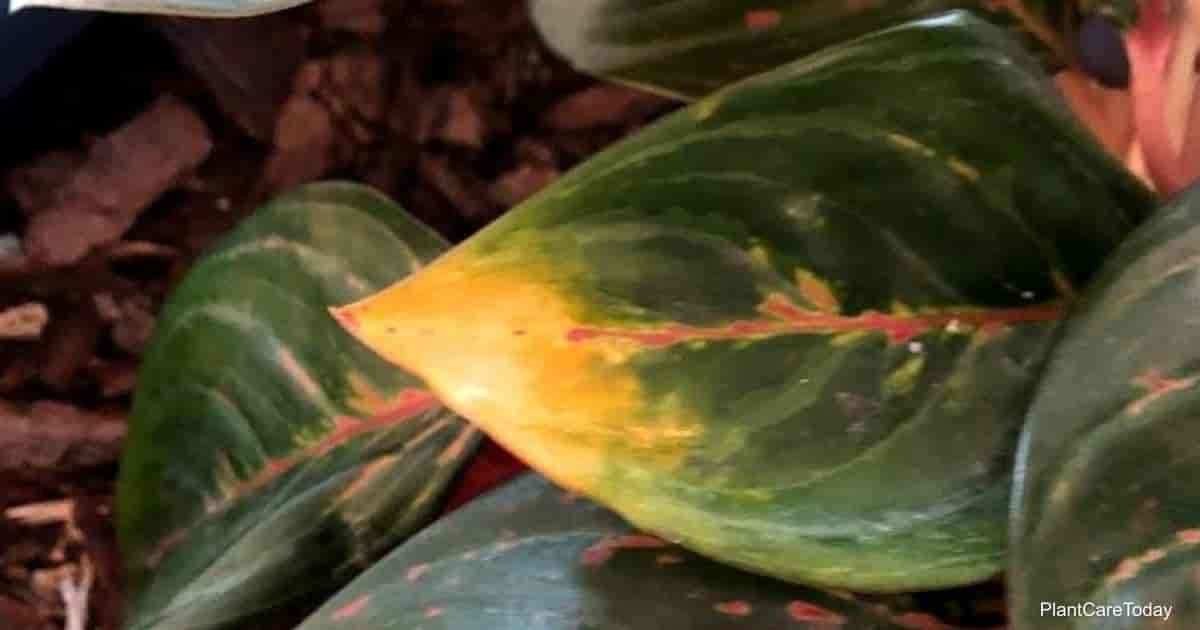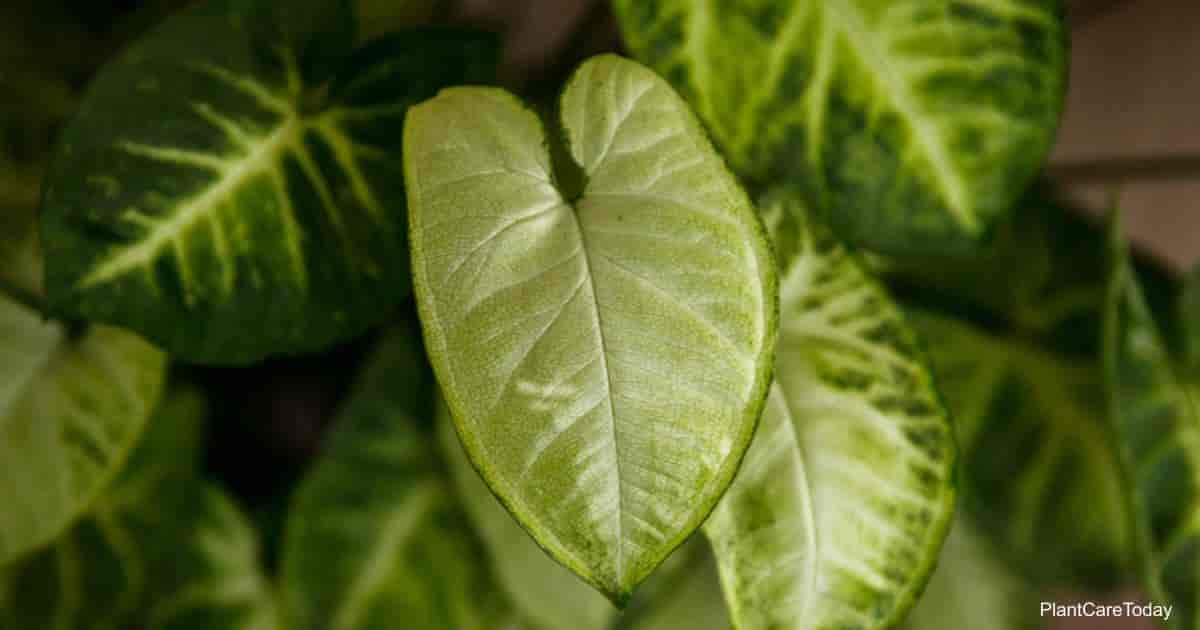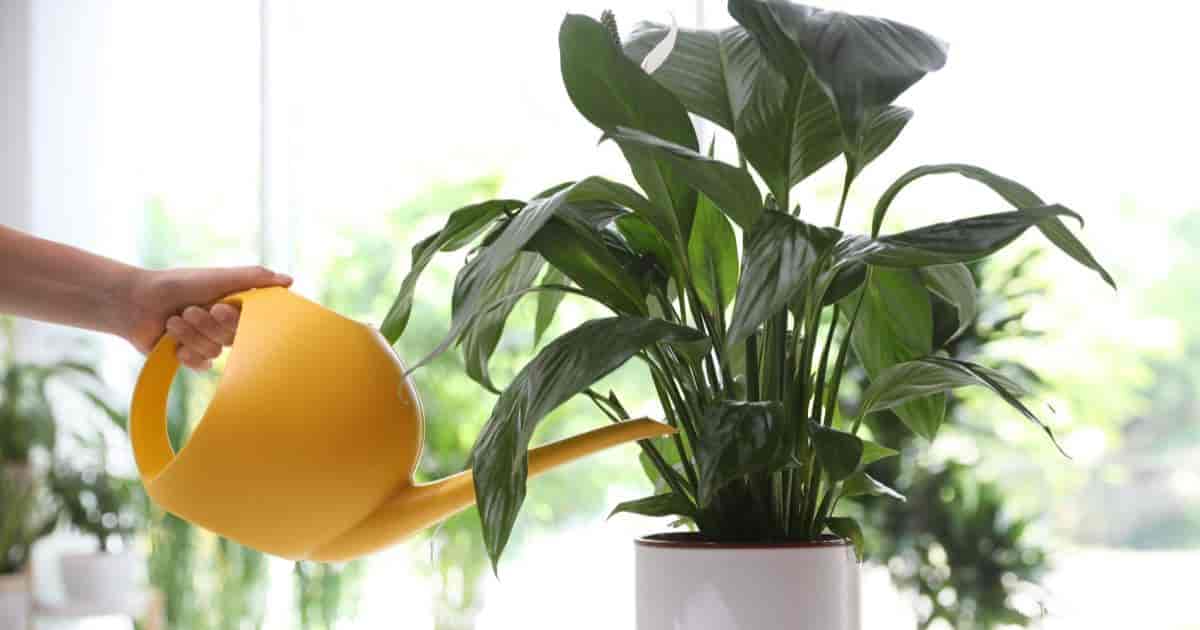It boggles the mind how readily the world will take a single misunderstanding and turn it into a massive scandal.
The best example of this in the plant world is the Philodendron hastatum (fil-oh-DEN-dron hass-TAH-tum).
In the mid-2000s, George S. Bunting noted a plant being sold as Philodendron hastatum. However, this plant had a different leaf shape and other marked features.
He noted that since the name was already associated with another plant, this new plant needed its own name. He suggested Philodendron domesticum.
Unfortunately, internet readers jumped to conclusions based on the title of an article: “Philodendron domesticum, A New Name for Philodendron hastatum Hort. [Araceae]”
Thus, they proclaimed that the actual Philodendron hastatum had been renamed. But the renaming of this horticultural identity thief had only been a suggestion.
It is now accepted as its own species and bears the nickname “spade leaf philodendron.”
In reality, this native of Southeastern Brazil always bore the proper name of Philodendron hastatum.
It was first described by K. Koch & Sellow in a paper circa 1854-1855.
Neither the USDA nor GRIN have accepted this false rename myth.
Sadly, this isn’t the only time the plant has suffered incorrect naming.
Sometimes it’s sold as:
- Philodendron disparile
- Philodendron elongatum
- Philodendron hastifolium
- or the purely fictitious Philodendron glaucophyllum
Also, while sometimes labeled as Philodendron hastatum ‘Silver Sword,’ the plant is an actual species, not a cultivar. Also, it is aptly nicknamed the silver sword philodendron.
Let’s look beyond this plant’s misfortunes to what makes this particular member of the Araceae family stand as a desirable, easily-grown houseplant.
Related: Philodendron Hastatum Silver Sword
Silver Sword Philodendron Care
Size And Growth
How you care for this plant directly affects its final size.
A well-kept plant in loose soil will grow to 10′ feet tall (nearly half of its height in the wild) and 5′ feet wide.
They’re moderately fast growers capable of producing a new leaf every month.
As with a large percentage of Philos, this plant is an avid climber. Therefore, it will appreciate good support, such as a bamboo pole or trellis.
The stem itself is thick and has short nodes, while the firm yet flexible petioles have a distinctive D-shape when cut in a cross-section.
Yet the leaves are what draws most people to Philodendron hastatum.
Once matured, they’re a mix of gray-green and blue-gray.
The leaves form an elongated heart that narrows along its length instead of the broader shape of the Philodendron domesticum. It resembles an elephant’s head.
As with most philodendrons, this plant’s leaves undergo a metamorphosis as they mature.
New leaves emerge from a cataphyll (a modified, protective leaf sheath) and are oval-shaped in appearance once they unfurl.
Flowering And Fragrance
As with most Philos, the inflorescence of this plant won’t win any awards.
If you want it to bloom for seeds, keep in mind that it takes over a decade for the plant to reach sexual maturity, even in perfect growing conditions.
Thus, it’s unlikely you’ll ever see it come to bloom in a domestic setting.
Light And Temperature
Keep this plant away from direct sunlight to avoid scorching.
Its leathery, glossy foliage will allow it to grow in partial shade. But too much low light will make it leggy.
Instead, find a place with bright, indirect sunlight, filtered or dappled light. Or set it in a spot with full morning exposure and light afternoon shade.
While the silver sword philodendron can grow well in average household humidity, it prefers a level of at least 50% percent.
Use a pebble tray or humidifier to augment its local humidity levels. Grouping plants may only have limited success due to their height.
Although the leaves are short-lived, it’s safe to mist this plant as the leaves are glossy and leathery.
Average household temperatures are perfect for this plant, which prefers a range of 65° – 80° degrees Fahrenheit.
Nighttime temperatures should stay about 5° degrees Fahrenheit cooler.
Keep it away from drafts or sudden temperature shifts.
Outdoors, the plant can be grown in USDA hardiness zones 9 to 11.
In addition, a potted specimen can live outdoors during warm weather in more northern zones.
Watering And Fertilizing
As with most plants, use the soak-and-dry method on your silver sword.
Follow these steps:
- Stick your finger in the soil and water when it feels dry 1″ to 2″ inches down.
- Go slowly and thoroughly until you see water seeping from the drainage holes.
- If outdoors, water until the soil can no longer absorb as fast as you pour.
- Cut back in the fall and winter when the plant is dormant.
- Feed your silver sword monthly with a balanced liquid houseplant fertilizer.
- Then, cut back to once every two months in fall and winter.
- You may need to dilute the fertilizer by half if the numbers are high.
Remember, it’s always better to give too little than too much. More on Philodendron Fertilizer here.
Soil And Transplanting
As with most plants, you’ll want loose, well-draining soil. This particular plant prefers sandier soil with plenty of organic material.
You can pot it in pure sphagnum moss or a mix of peat and perlite or vermiculite.
Quality actus or African violet mixes with a bit of extra perlite can also be great choices.
Container specimens will need repotting, but there is no set timeframe.
Plan to repot once the plant becomes rootbound (you’ll see roots poking out of the drainage holes).
Graduate to one container size larger, usually 1″ to 2″ inches wider in diameter.
Grooming And Maintenance
Wipe the leaves monthly to remove any dust and as an excuse to check for pests.
Pinch off any leggy stems and remove damaged or diseased leaves as necessary.
How To Propagate Silver-Sword?
Stem cuttings are the easiest and most popular means to propagate silver-sword. Or use seeds if you manage to get hold of some.
Silver Sword Philodendron Pests Or Diseases
As with most philodendrons, the silver sword is sensitive to cold and can die in frost.
It’s generally pest and disease-free but may house the following:
- Aphids
- Mealybugs
- Spider mites
- Thrips
Higher humidity makes it more prone to fungal infections, and root rot is the most prominent disease risk.
This plant contains high levels of calcium oxalate and is not safe for consumption by humans or pets.
It can cause mild symptoms in adults but prove fatal or severe to smaller family members such as toddlers, cats, or dogs.
Philodendron Hastatum Uses
These plants make for a beautiful climber in corners or beside tall furniture.
They can also be grown in hanging baskets for an attractive cascade of silvery foliage.
Credit : Gary Antosh (https://plantcaretoday.com/philodendron-hastatum-silver-sword.html)





